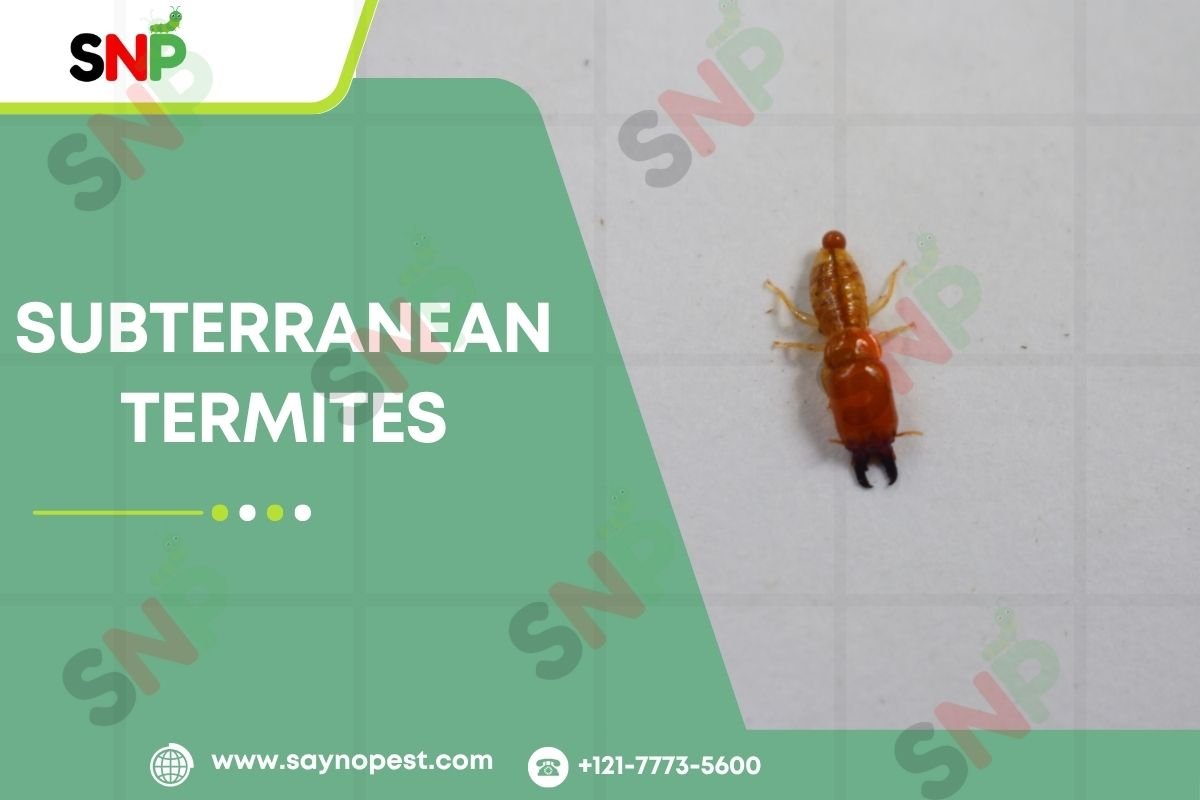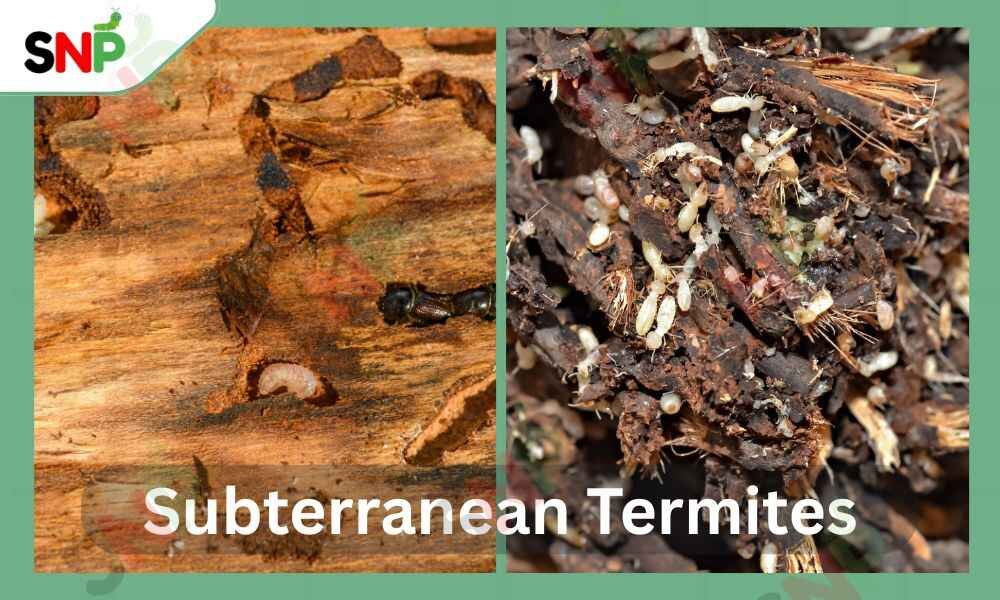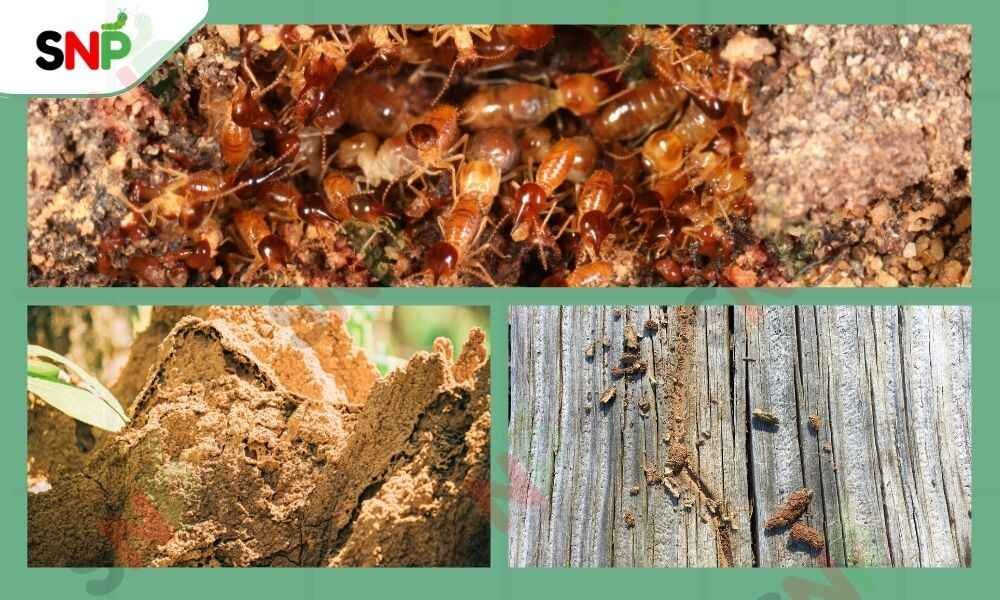Destructive termites a frequent issue within United States residences. Subterranean termites vs drywood termites cause major damage to homes and property. Understanding the correct methods, prevention and and where they live is important to know. With the help of this blog, we will cover all the major points about the termites.
Subterranean Termites vs Drywood Termites: Key Differences
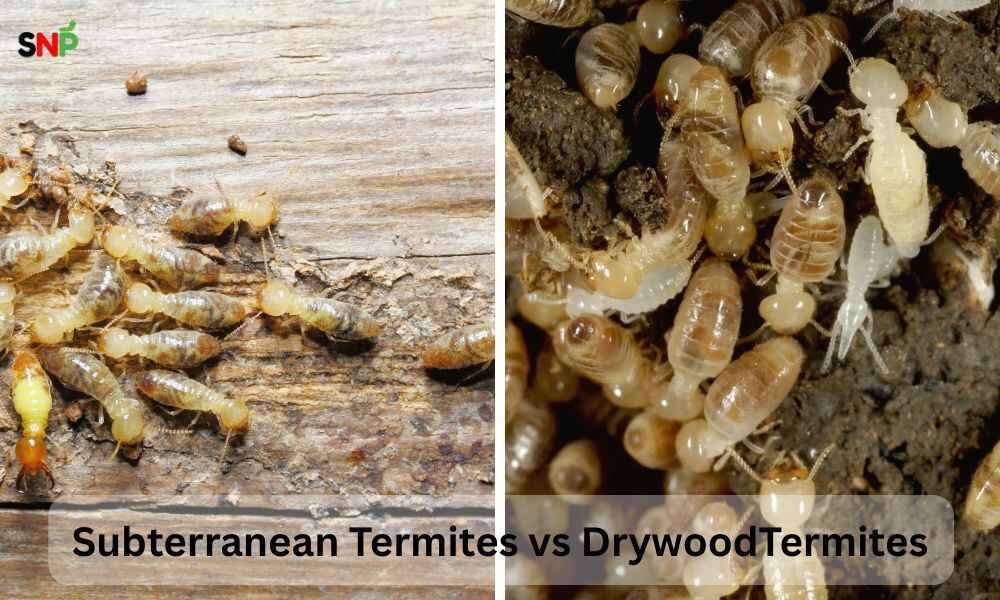
Subterranean Termites:
- Nest Location: Underground in soil
- Moisture Requirement: High; needs contact with moist soil
- Colony Size: Large (up to 2 million termites)
- Entry into Homes: Through mud tubes from the soil
- Damage Pattern: Eats along wood grain, prefers softer wood
- Signs of Infestation: Mud tubes, wood damage, swarming termite
- Need for Soil Contact: Yes
- Distribution: Nationwide, especially in warmer, humid regions
Drywood Termites:
- Nest Location: Inside dry, sound wood
- Moisture Requirement: Low; get moisture from the wood they consume
- Colony Size: Small (a few thousand termites)
- Entry into Homes: Directly into wood, often above ground
- Damage Pattern: Eats across and along the wood grain
- Signs of Infestation: Frass (termite droppings), hollow wood, discarded wings
- Need for Soil Contact: No
- Distribution: Primarily in southern and coastal states
Where and how they live set these termites apart most clearly. Since termites living in the soil need a moist environment, they carry out extensive underground construction. Mud tubes made from a mix of ground soil, the bug’s saliva and feces give them hiding spots inside homes and shield them from dry air and threats. Unlike other termites, drywood termites live only in dry wood, including in your home’s structural timbers or furniture and do not require soil or moisture from the outside.
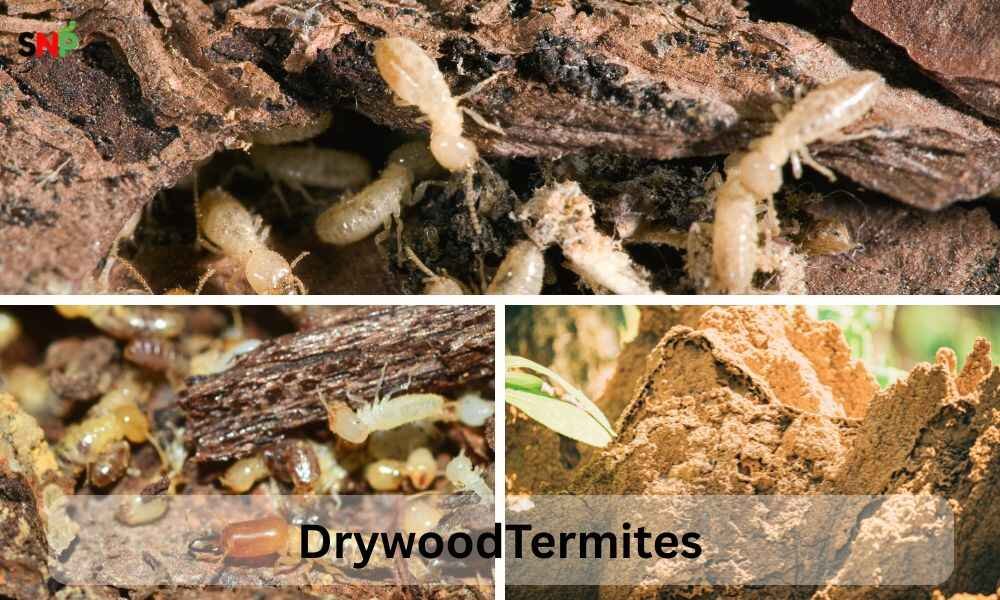
Where do drywood termites Live?
Drywood termites are wood pests that are usually found in dry wood, and it is also above the ground. They are usually found in the frames of the door, the furniture, the window frames, and pictures made of wood. In addition, termites can be found only in warm, dry areas of the United States. Among these areas, for example, Florida, California, Texas, and Hawaii can be mentioned as there are a higher density of such termites. If the previous types are not local, drywood termites can also be found in cold areas such as Ontario. Unlike their relatives, drywood termites’ security and water needs are satisfied by the wood they consume; they do not form mud tubes, nor do they store water in the soil, etc.
Where Do Subterranean Termites Live?
These termites live inside the ground, in wet soil, where they build their homes. The most widely distribut and the most harmful pest of all termite species in the United States is the Subterranean Termites are locate in the South and come from the Gulf Coast. These termites are numerous, and they nest in the soil and use earthen tubes for access to their targets, which are trees, houses, and other buildings. These mud tubes are very useful in the airflow and predators’ protection, and thus, the termites can safely and easily travel from their shelter to the place of their food without any fear of attack. In this way, a steady supply of food and the safety of their shelter guaranteed.
Signs of Infestation: Subterranean Termites vs Drywood Termites
Subterranean Termites
- Waste Particles: Fine, sandlike piles of feces that an over-the-counter duster can remove.
- Kick-Out Holes: Tiny holes, with a pile of tiny pellets resembling sawdust at the opening, occur as a result of thin wood infestation.
- Fecal Pellets: Loose piles of wood particles indicate the presence of the said pests.
- Discarded Wings: Piles of wings. Disposal of wings after the flying episode near windows, doors, or vents.
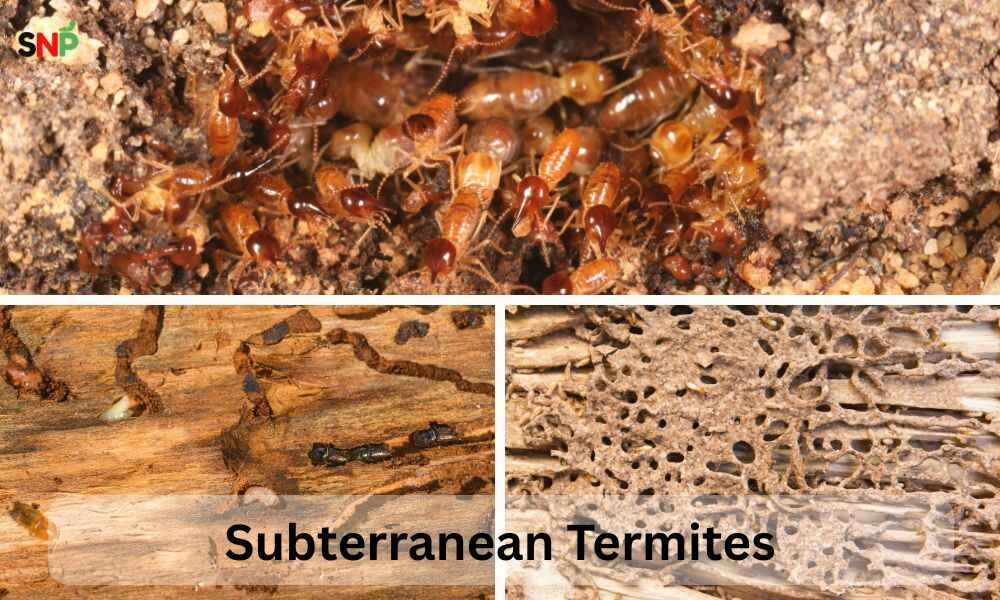
Drywood Termites
- Frass (Termite Droppings): Small, hard, oval pellets having six concave sides, and are always found in heaps just below the infested wood. Very typical of drywood termite activity.
- Hollow-Sounding Wood: Knocking infested wood can produce a hollow sound caused by the tunnelling that occurs inside.
- Clicking Noises: The noise from termites being the cause of the sound, it could be that they are eating or communicating within the wood.
- Discarded Wings: Proof that the termites that fly (swarmers) or their wings have visited the infested wood.
Termite Queen: Important update
The subterranean termite queen, as well as the drywood termite queen, is the backbone of their colonies. The Termite Queen is the most important to colony reproduction through laying thousands of eggs that are the origin of colony growth and survival. Within both species, only the queen can lay eggs, hence, she is the most important to the growth of the colony. Because eggs in both species are produce only by the queen, she is crucial for the colony’s growth. In both types of termites, only the queen can produce eggs and expand their colony.
The queen of the subterranean colonies is usually bigger and pale in colour, while the queen of the drywood colonies can be yellow or brown. The fact that the queen can lay eggs in large numbers means that it is for a natural death or a small colony that left undisturbed to persist and grow.
Conclusion
The awareness of the differences between subterranean termites vs drywood termites might be crucial for inhabitants and landlords in America. Since Subterranean termites behave in large, hard-to-find colonies deep underground, their efforts are often hide, allowing significant damage before detected. While it’s true that Drywood termites may move more slowly and cause wear and tear over time, they remain a great danger. They reside inside the wood and are difficult to identify.
Identifying the warnings early, such as mud tubes (for subterranean termites) or piles of frass (for drywood termites), is a very important part of the prevention program. The survival of the latter two always involves their Termite Queen, and any effort toward their control should focus on the entire community, and, in this case, the queen and her eggs.
In case you suspect a problem of pest infestation, a timely professional inspection and treatment can protect your home. Through a deep understanding of the fight of subterranean termites vs drywood termites and the factors that fought, you can make the right decisions for your property and be fully aware that it is intact and free of unwanted visitors.

